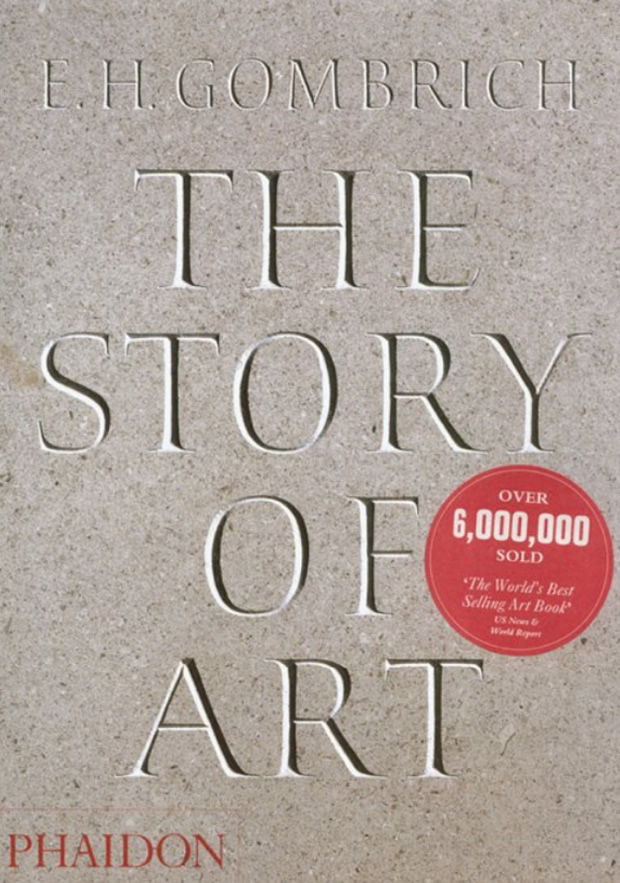The Inequality of Women in the Visual Arts
Been to an arts exhibition lately? Chances are that most of the pieces were created by men. In fact, just 3-5% of major permanent collections in the US and Europe feature work by women artists.
There is no shortage of women visual artists, but they receive far less visibility than men. The inequality runs so deep that it has given rise to activist artists such as the Guerrilla Girls and projects such as Micol Hebron’s Gallery Tally, a series of visual representations contributed by hundreds of artists depicting the percentage of women to men artists in galleries worldwide.
Today, Kaleta Doolin, an artist and advocate, shares her perspective on the past and future of women in the visual arts. Doolin has merged her passion for the arts with her dedication to gender equality and philanthropy — from joining the Women’s Fund at the Metropolitan Museum of Modern Art in New York City, which seeks to increase the presence of women artists in the museum, to creating a fund to bring more work by women sculptors to the Nasher Sculpture Center and supporting publication of a monograph of the work of Marissa Merz
After seeing the 2016 remake of Ghostbusters and then the new movies, Wonder Woman and Hidden Figures, it seems as if women have finally come up in the world. Moreover, in this past year, there have been many all women visual art exhibitions and many more one-woman shows than usual. Is this simply another token “Year of the Woman”? The last “Year of the Woman” happened in 2006, and it seems to occur roughly every decade.
It is well known that generations of patriarchy have held women back in politics, science, and the workplace, and it is recognized that these historical legacies must be combatted. Why is it that the generations of patriarchy that have shaped the history of art are not recognized as needing the same rethinking?
It is apparent in the higher sale price of works by male artists and the higher percentage of male representation in group shows, articles, galleries, and one-person shows that male artists are perceived as more talented than female artists.
The fact is: many of us have been duped by biased art historians and critics, considering that The History of Art by H.W. Janson, first published in 1962, contained neither the name nor the work of a single woman artist.
Another popular art history textbook considered a “treasured standard in the field”, The Story of Art by E.H. Gombrich (1950 Phaidon), had no women until the inclusion of Kathe Kollwitz in the German edition.
What effect has the filter of male authors and publishers had in this matter of evaluation of who has artistic talent? Not only were women’s artistic careers obstructed, but in the 1950s and 60s they also suffered isolation from their own history.
Why do we seem to have a blind eye to this inequality in visual arts? Recent biographies and documentary films establish that Peggy Guggenheim had affairs with many male artists whose artwork she collected. How did this validation of being in the Guggenheim museum’s collection affect the choices of other collectors, and how has this affected the choices we make now?
Suppose that there were equal representation in the visual arts. What would that look like and what would it do for society? In this rapidly changing world, are the old standards acceptable? Is this current wave of recognition for women artists more than a token, or is it once again more of the same? Could women artists dare hope that this is not just a “Year of the Woman” but a real indication of a much needed and deserved permanent change?
If only we could magically eradicate the bad art history with a plasma burst from the female Ghostbusters erotic-looking blasting machines or by borrowing the superpowers of Wonder Woman. I loved it when I heard Taraji P. Henderson, one of the stars of Hidden Figures, say in an interview, “A brilliant mind doesn’t have a color or a gender.”
Kaleta Doolin is an artist, arts advocate, collector of works by women artists, and author of “Fritos Pie: Stories, Recipes, and More.” (website)


